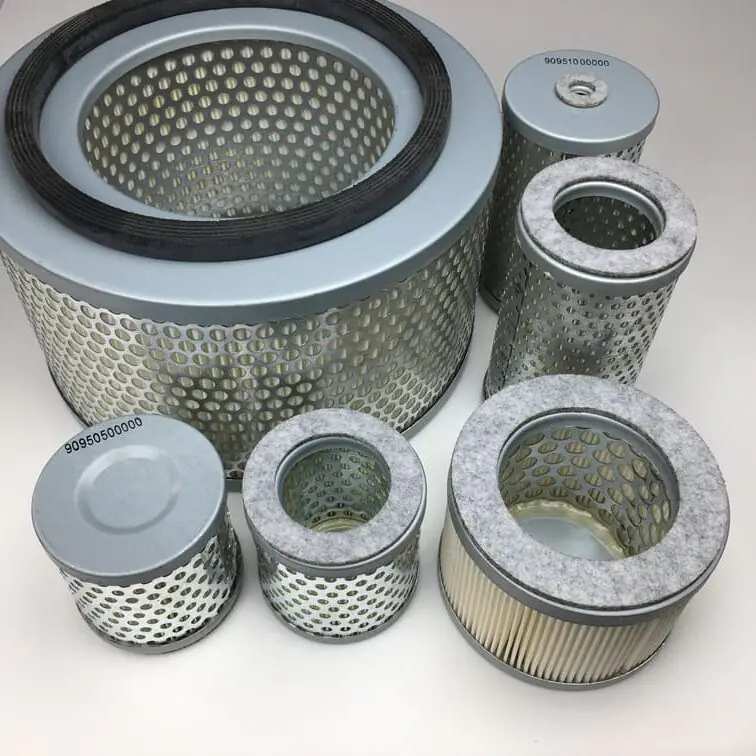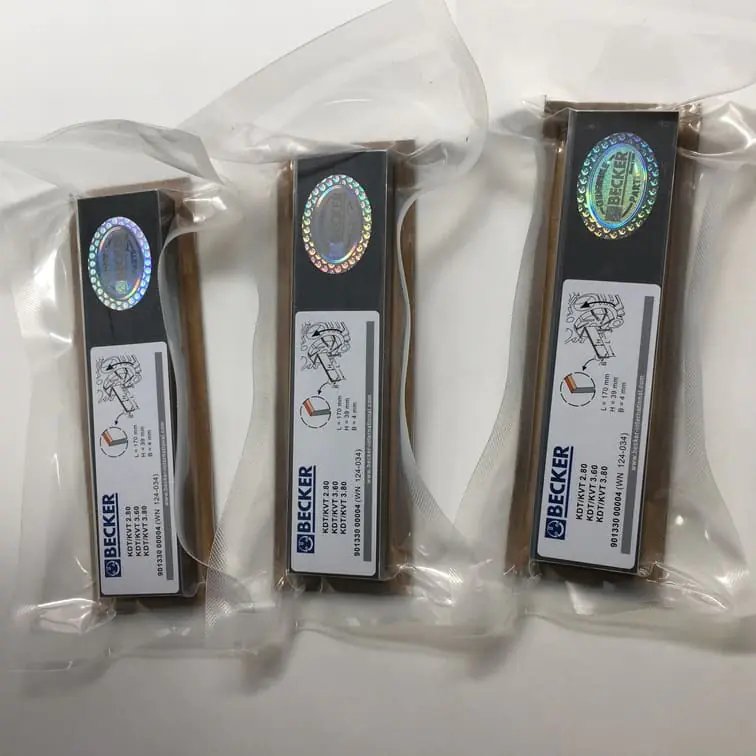How to Prime a Vacuum Fuel Pump
Fuel pumps play a critical role in ensuring the smooth functioning of internal combustion engines. Vacuum fuel pumps, specifically, help to generate the necessary suction required for efficient fuel delivery, which ensures that an engine can run reliably without disruption. This article will provide an in-depth look at why priming a vacuum fuel pump is important, the step-by-step methods to do it properly, and best practices for maintaining your vacuum fuel pump in top condition.
What is a Vacuum Fuel Pump?
The Basic Function of a Vacuum Fuel Pump
A vacuum fuel pump is designed to move fuel from the gas tank to the carburetor or injectors of an engine by creating a vacuum. Unlike electric or mechanical fuel pumps, vacuum fuel pumps utilize the pressure difference to facilitate fuel flow. These pumps are most commonly found in small engines, like those used in motorcycles, boats, and lawn equipment.
- How it Works: A vacuum is created through engine operations, which drives the fuel from the tank to the carburetor.
- Role in Fuel System: It ensures that fuel is continuously supplied to the engine, thus avoiding fuel starvation that can lead to damage.
A well-primed vacuum fuel pump is essential for optimal performance of any engine system that uses such a pump.
Importance of Priming a Vacuum Fuel Pump
Priming a fuel pump means ensuring that there is enough fuel in the pump and associated lines to make the system operational. Without priming, the pump may not be able to generate enough suction to pull fuel through the system.
- Avoiding Airlocks: Airlocks in the fuel lines can block the fuel from reaching the engine, leading to performance issues.
- Ensuring Immediate Start: Priming helps in preventing delays during engine ignition, which can be critical in applications such as emergency generators or marine engines.
Tools Needed to Prime a Vacuum Fuel Pump
Essential Tools Checklist
To prime a vacuum fuel pump effectively, having the right tools is crucial. Here are some of the basic items you’ll need:
| Tool | Purpose |
|---|---|
| Hand Priming Bulb | To manually prime the pump |
| Transparent Tubing | To monitor fuel flow visually |
| Screwdriver/Wrench | For disconnecting or loosening fuel lines |
| Fuel Container | In case fuel needs to be collected or added |
| Safety Gloves & Glasses | To ensure personal safety during fuel handling |
Using these tools will make the process more efficient and reduce the risk of spillage or contamination.
Safety Precautions
Working with fuel systems involves certain hazards, such as the risk of fire or contact with skin irritants. Here are some safety measures to take:
- Work in a Well-Ventilated Area: Always work outdoors or in a well-ventilated garage to avoid inhaling harmful fumes.
- Avoid Sparks: Ensure that all electronic devices or any source of flame is kept away from the workspace.
- Wear Protective Gear: Gloves and safety goggles are a must when working with fuel systems.
Step-by-Step Guide to Priming a Vacuum Fuel Pump
Step 1: Locate the Fuel Pump
To prime your vacuum fuel pump, begin by locating the fuel pump unit within your engine system. Typically, these pumps are situated between the gas tank and the carburetor or injectors. Refer to your vehicle or equipment manual if unsure.
- Tip: If your pump is difficult to access, consider removing any parts that may obstruct your workspace for easy access.
Step 2: Disconnect the Fuel Line
Using a screwdriver or wrench, carefully disconnect the fuel line from the pump’s inlet. This will allow you to manually prime the line with fuel.
- Caution: Be ready with a container to catch any fuel spills, as disconnection may cause residual fuel to leak.
Step 3: Use a Hand Priming Bulb
Attach a transparent tubing to the fuel line and place the opposite end into a container of fuel. Use a hand priming bulb to draw the fuel through the line and towards the pump. Keep squeezing the bulb until you can see fuel flowing through the transparent tubing without air bubbles.
- Observe the Flow: Ensuring there are no air bubbles is crucial because air bubbles can create pressure drops, reducing pump efficiency.
 (Becker Set of Vacuum Pump Priming Tools)
(Becker Set of Vacuum Pump Priming Tools)
Step 4: Reconnect and Start the Engine
Once the fuel is flowing steadily, reconnect the fuel line to the vacuum fuel pump. Tighten all connections and check for any leaks.
- Start the Engine: Turn the ignition and let the engine run for a few minutes to ensure that the vacuum fuel pump is functioning properly.
Step 5: Monitor Performance
After starting the engine, keep an eye on its performance. The engine should run smoothly without hesitation or sputtering, indicating that the priming process was successful.
Common Issues When Priming a Vacuum Fuel Pump
1. Airlocks in Fuel Lines
Airlocks can obstruct fuel flow, causing the engine to stall or have a difficult time starting. This issue can be mitigated by ensuring a steady flow of fuel through the lines without any visible air bubbles.
- Solution: Use transparent tubing to visually inspect for bubbles during priming.
2. Worn Pump Diaphragm
If your fuel pump diaphragm is worn or damaged, the pump may not be able to create sufficient vacuum for effective fuel delivery.
- Solution: Inspect the pump diaphragm during maintenance checks and replace if necessary.
3. Blocked Fuel Lines
A clogged fuel line can make priming difficult or impossible. Dirt, rust, or impurities in the fuel can clog the system.
- Solution: Check the fuel line for blockages and clean or replace as needed.
For replacement parts such as vacuum vanes, you can refer to our Becker Set of 7 Vanes.
Tips for Maintaining Your Vacuum Fuel Pump
1. Regular Inspections
Perform regular visual inspections of the pump, lines, and fittings. Look for wear, cracks, or leaks, especially around connection points. Consistent checks will allow for early detection of issues before they escalate into significant problems.
- Inspect for Wear and Tear: Look at the fuel lines, pump housing, and connections.
- Replace Damaged Components: Components such as vanes wear over time and should be replaced periodically.
2. Use Clean Fuel
Always use clean, high-quality fuel to prevent the accumulation of dirt or impurities that may damage the pump components.
- Filter Maintenance: Replace or clean filters regularly to maintain fuel quality. Refer to Becker Air Filter for reliable options.
3. Lubrication
Some vacuum fuel pumps are designed to use oil for lubrication. In such cases, ensuring the correct type and quantity of oil is essential for the pump’s operation.
- Check Oil Levels: Maintain recommended oil levels and replace oil at regular intervals to avoid contamination and ensure smooth operation.
Frequently Asked Questions
1. What does it mean to prime a vacuum fuel pump?
Priming involves removing air from the fuel lines and ensuring there is sufficient fuel to allow the pump to function properly. It helps prevent issues such as airlocks that can hinder fuel delivery.
2. Can I use a vacuum fuel pump without priming it?
No, vacuum fuel pumps often require priming to create the necessary vacuum for fuel delivery. Operating without priming may lead to poor engine performance or damage.
3. How often should I prime my vacuum fuel pump?
Priming is generally required after maintenance, such as when the fuel lines are disconnected or when the pump has been idle for an extended period.
4. What are the signs that my vacuum fuel pump needs priming?
Signs include difficulty starting the engine, sputtering, or inconsistent fuel delivery. If the engine stalls frequently, priming the pump may help resolve the issue.
5. Can I replace my vacuum fuel pump by myself?
Yes, you can replace a vacuum fuel pump by yourself if you have the necessary tools and experience. However, it is often recommended to have it done by a professional to ensure the correct fitment and functionality.
Conclusion
Fuel pumps play a critical role in ensuring the smooth functioning of internal combustion engines. Vacuum fuel pumps, specifically, help to generate the necessary suction required for efficient fuel delivery, which ensures that an engine can run reliably without disruption. This article will provide an in-depth look at why priming a vacuum fuel pump is important, the step-by-step methods to do it properly, and best practices for maintaining your vacuum fuel pump in top condition.




